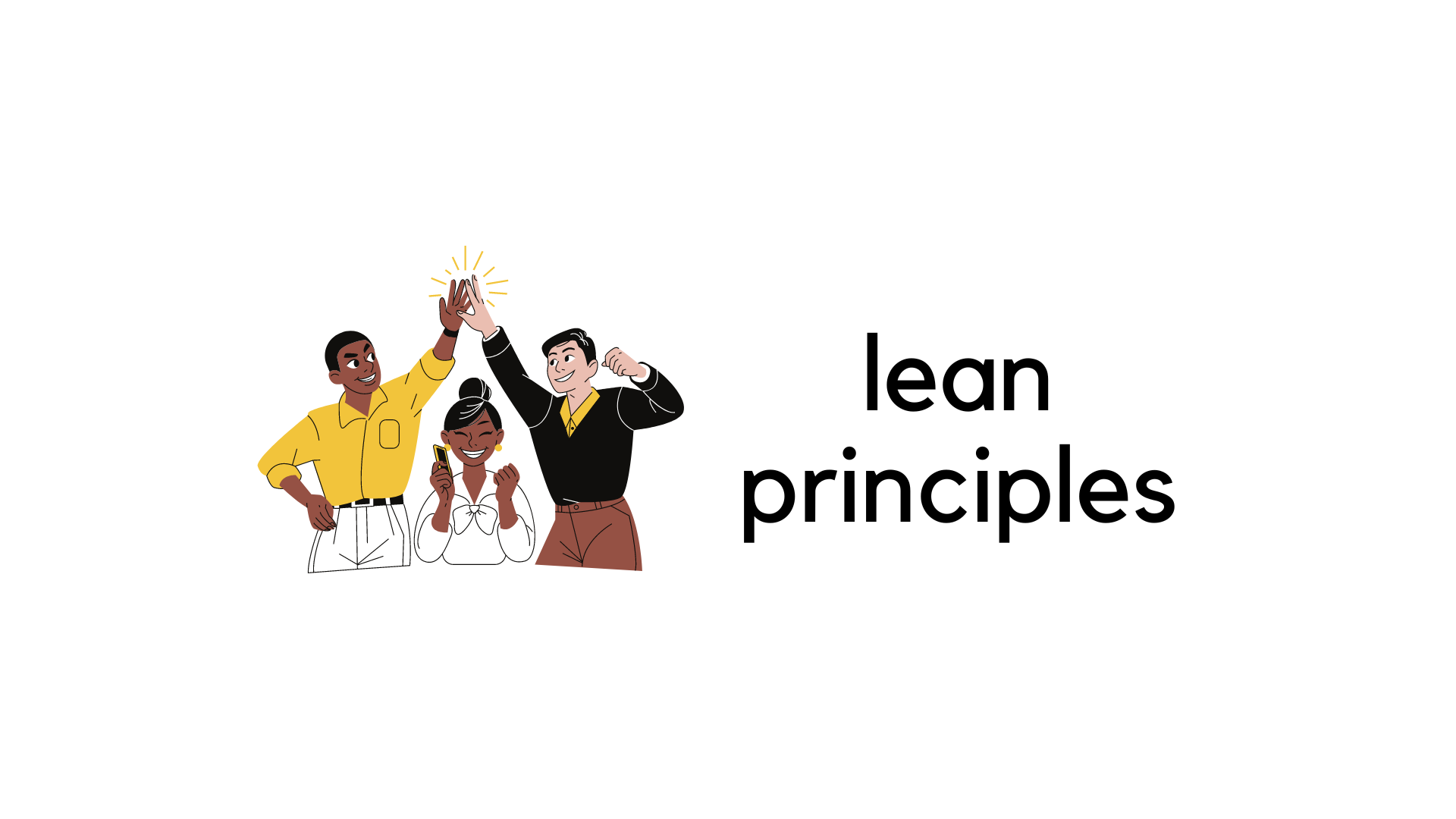- What is inventory management?
- Why is inventory management important?
- Some popular types and techniques in inventory management
- Some common challenges in inventory management
A company’s inventory is a very valuable asset and demands attention. Any damage to the inventory can cause damage to the concerned organisation along with drainage of capital which could otherwise be avoided. Hence, in order to manage your business smoothly, you must have subsequent knowledge about Inventory Management. Great Learning Academy’s free inventory management course covers all the fundamentals of inventory management and offers a career path to improve your management skills.
What is inventory management?
The products and materials that a company holds with the intention of reselling or using them is referred to as inventory or stock. Therefore, the management of these material components and goods (raw or finished), including warehousing and processing, is called inventory management. Inventory management helps businesses determine which stock to order, when in what quantities and for what purpose. The whole process of managing inventories, from raw materials to completed goods, is known as inventory management.
Inventory management’s purpose is to understand stock levels and stock location in warehouses. The movement of supplies from the supplier through the manufacturing process and to the customer is tracked by inventory management softwares. Inventory management keeps track of stock receiving, picking, packaging, and shipment.
Why is inventory management important?
The importance of inventory management can never be overstated. It allows companies to plan and identify how much stock they require and how to align their resources accordingly. It helps track the entire process from the purchase of the good to its sale. It reduces the risk of stockouts and availabilities whilst also making sure that stock does not pile up, costing resources without being put to good use. This also enables businesses to hold less inventory at certain locations. As a result, costs associated with inventory are reduced, as is the amount of inventory that remains unsold till it becomes obsolete.
Having clear visibility of goods and processes provides greater freedom to utilise them efficiently, reducing costs and optimising output/sale. This helps plan with timely shipment orders for supplies. It helps plan and organise for unforeseen circumstances of theft, loss, and sudden changes in market demands, among others.
It ensures maximum resource efficiency and helps improve sale strategies with data collected from one’s inventory. These qualities impact the operational efficiency of businesses and also lend stability.
Some popular types and techniques in inventory management
Businesses have different needs and rely on various techniques that prove to work best for them. Nonetheless, all methods have the same end goal: improving efficiency and accuracy.
ABC Analysis
The always better control or ABC Analysis works by sorting and sifting the materials into 3 groups (A, B and C) based on factors like demand, cost and risk data. This strategy operates by identifying the most and least popular stock types. Group A usually comprises products that are expensive or of higher demand and profitability (Class A items), while this descends to C with low priority and cheaper products.
EOQ Model
The economic order quantity or EOQ model refers to the optimal order volume that a business should purchase to reduce its inventory costs, including holding costs, shortage costs, and order costs. It makes use of calculations to find this ideal size without making extreme assumptions of requirements and capital.
FIFO AND LIFO
FIFO, or ‘first in, first out’ principle, assumes that the first things added to your inventory will also be the first ones to be sold. The ‘last in, first out’ (LIFO) principle believes that the most recent things added to your inventory will be the last ones to sell.
MRP Method
Material requirements planning (MRP) is one of the earliest computer-based inventory management systems and helps businesses calculate and handle planning, scheduling and inventory control for manufacturing more effectively.
JIT inventory
JIT or ‘just in time’ is a type of inventory management that calls for close coordination with suppliers in order to ensure that raw supplies arrive at the exact time when manufacturing is supposed to start, but no earlier. The objective is to keep just enough inventory on hand to meet demand, high volume production and minimal wastage. JIT inventory aims to ensure that there is sufficient stock to manufacture only what is required at the time of demand.
Some common challenges in inventory management
Invisible inventory
Outdated and overstocked inventory will lead to cost hikes and will not help with the management of the use of materials. In fact, it might be a long time before businesses even realise that their business is suffering. It is, therefore, crucial to implement a real-time inventory management system and add products with images and descriptions to improve the accuracy and handling of goods.
Lack of expertise
The lack of proper knowledge in any domain can be harmful to any business. It can be helpful to have a proper knowledgeable inventory management contractor onboard. Trainings can be conducted for the concerned staff to teach them about inventory management softwares and strategies.
Obsolete softwares
Softwares need to be up to date and working at maximum efficiency and accuracy to facilitate good inventory management. Adoption of integrated, cloud-based inventory management platforms can help speed up processes. Huge inventories should not be managed manually using paper-based processes. Lack of digitization and ineffective inventory management procedures only yield poor results as sales volume soars and the inventory grows.









